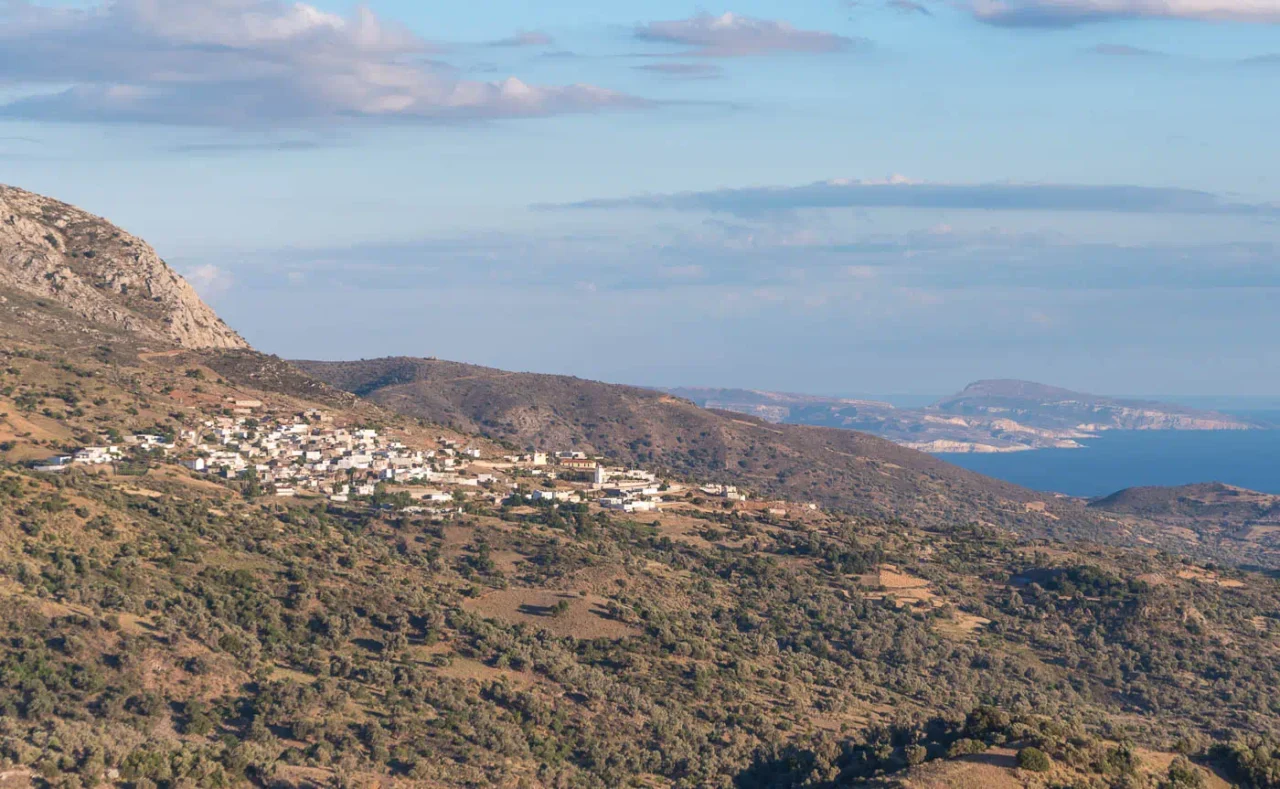
Kouroutes is a village and the seat of its corresponding community in the Amari Municipality, within the Rethymno regional unit on the island of Crete, Greece. It is situated 50 kilometers from Rethymno and is built at an altitude of 510 meters on the western foothills of Mount Psiloritis.
Historical References
The name Kouroutes is believed to be a variation of the name “Kouretes,” the mythical inhabitants of Mount Ida who protected the infant Zeus from his father Cronus. The area around the village has yielded remnants from ancient Greek, Roman, early Christian, and medieval times.
The village is first mentioned by Francesco Barozzi in 1577 as Curutes. In the Venetian census of 1583 by Castrofylaka, it is listed as Currutes with 221 inhabitants. In the census of Basilicata in 1630, it is mentioned as Curutes.
Like many other villages in the “Abbadia” region (corresponding to southern Amari), Kouroutes was also inhabited by Muslims. In the 1834 census conducted by the Egyptians, 5 Christian and 16 Turkish families were recorded as living in the village. In the 1881 census, it had 104 Christian and 78 Turkish inhabitants and belonged to the municipality of Apoloulou. The Turks lived in Panohori (Upper Village) and the Christians in Katochori (Lower Village).
In the 1900 census, the village had 201 inhabitants. In the 1920 census, it is mentioned as the seat of its own rural municipality. In 1925, it was designated as the seat of its own community until the Kapodistrian administrative division, when it was annexed to the Municipality of Kourites.
Location
Kouroutes is strategically located on the western foothills of Mount Psiloritis, offering access to both the fertile Amari Valley and the rugged mountain terrain. Its elevation of 510 meters provides a pleasant climate and panoramic views of the surrounding landscape. The village’s position within the Amari Municipality connects it to a network of settlements and resources, facilitating trade and communication.
Historical Significance
Kouroutes’ historical significance extends beyond its documented past. The village’s name, derived from the Kouretes, links it to the rich mythology and cultural heritage of Crete. The presence of ancient remnants and the 14th-century churches of Agios Minas and Agios Titos testifies to the village’s long and continuous history of human activity and spiritual traditions.
The village’s mixed population during the Ottoman era adds another layer to its historical significance, reflecting the complex social and cultural interactions that shaped the region. Kouroutes’ role in safeguarding the sacred vessels of the Arkadi Monastery after the 1866 holocaust further underscores its contribution to preserving Cretan cultural heritage during turbulent times.
Population Data Over the Years
Census Year |
Population |
|---|---|
1900 |
201 |
1920 |
233 |
1928 |
260 |
1940 |
303 |
1951 |
300 |
1961 |
248 |
1971 |
162 |
1981 |
174 |
1991 |
129 |
2001 |
124 |
2011 |
210 |
Additional Information
- Natural Surroundings: Kouroutes is located in a scenic area on the slopes of Mount Psiloritis, offering beautiful views and opportunities for outdoor activities.
- Cultural Traditions: The village has a rich cultural heritage, reflected in its traditional dances, such as the “Trizalis” or “Kouroutianos.”
- Religious Sites: Kouroutes features several churches, including the central church of the Ascension and the cemetery churches of Saint Minas and Saint Anthony.
- Community Life: The village has a spiritual center with an amphitheater, providing a space for cultural and community events.
- Tourism: Kouroutes attracts visitors interested in exploring the natural beauty of the area, its historical sites, and its cultural traditions.
Current Status
Kouroutes, despite its declining population, remains a vibrant community with a strong sense of identity and tradition. The village’s agricultural heritage continues to be a cornerstone of its economy, with olive oil production and livestock farming remaining important activities.
The presence of historical and religious sites, including the 14th-century churches and the Kontogonates cave, offers potential for cultural tourism and heritage preservation. The village’s natural beauty, traditional architecture, and cultural events, such as the annual festival on August 25th, attract visitors interested in experiencing authentic Cretan life.
Village Key Points
- Historical References: The village is first mentioned in 1577 as Curutes and has been documented in various censuses and historical records since then. Its name is believed to be derived from the Kouretes, the mythical protectors of the infant Zeus.
- Location: Kouroutes is situated in the Amari Municipality, on the western foothills of Mount Psiloritis, at an altitude of 510 meters.
- Historical Significance: Kouroutes has a history dating back to at least the 16th century, with possible evidence of earlier settlements. The village’s name and the presence of ancient remnants connect it to the rich mythology and history of Crete.
- Population Data Over the Years: The population has fluctuated over time, reaching a peak of 303 in 1940 and currently standing at 210.
- Current Status: Kouroutes is an active village with a focus on agriculture and livestock farming. It is part of the Amari Municipality and features several churches and a spiritual center.
Access
Kouroutes is 13.3 kilometers away from the town Tympaki and 3.5 kilometers away from Fourfouras













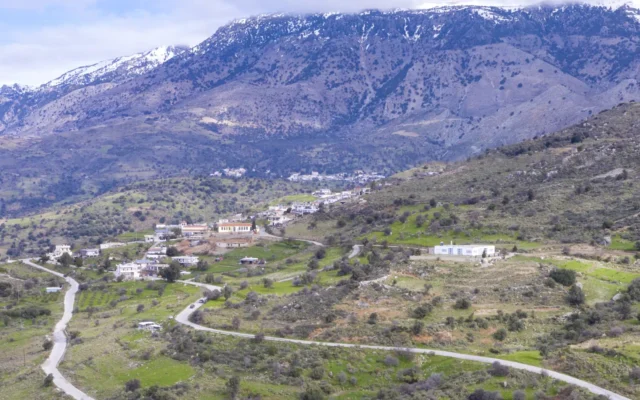

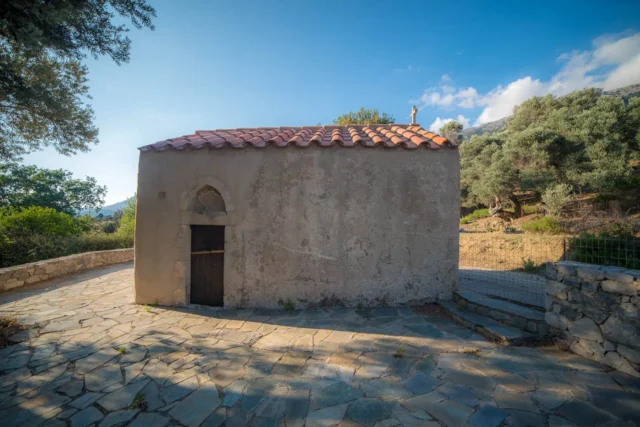
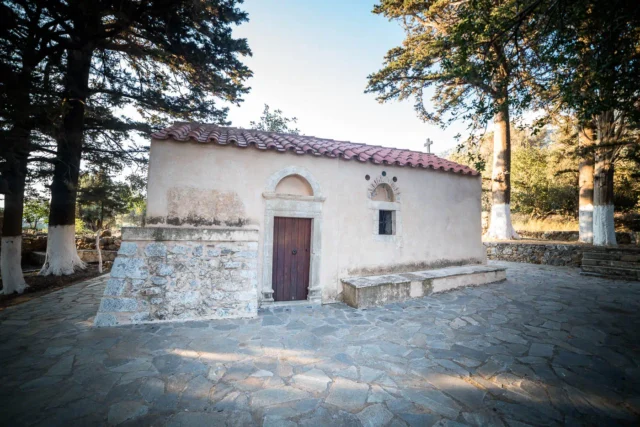
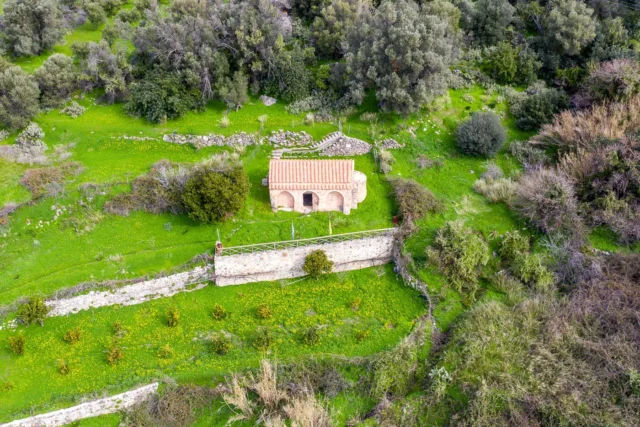
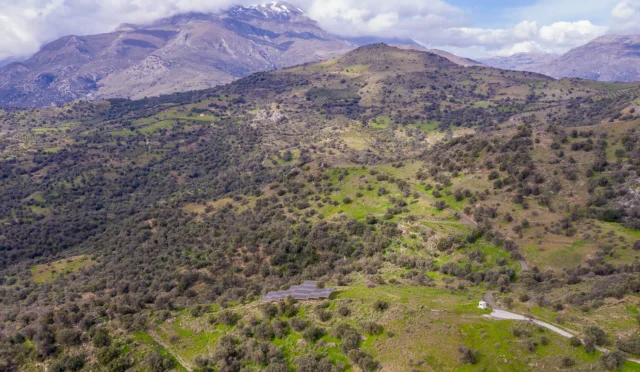
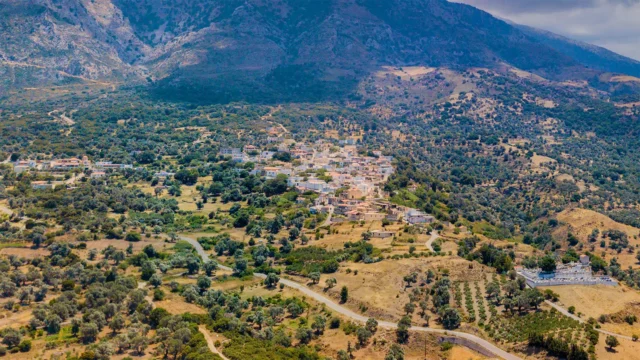
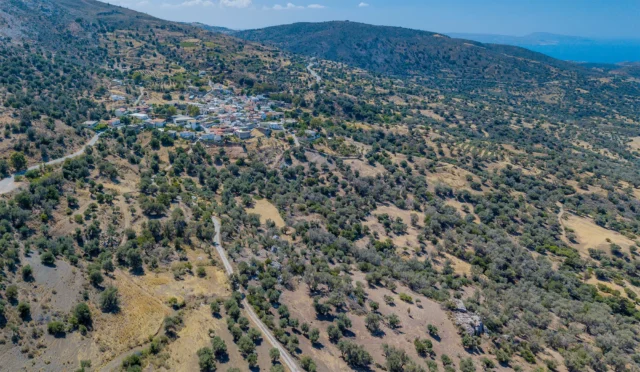

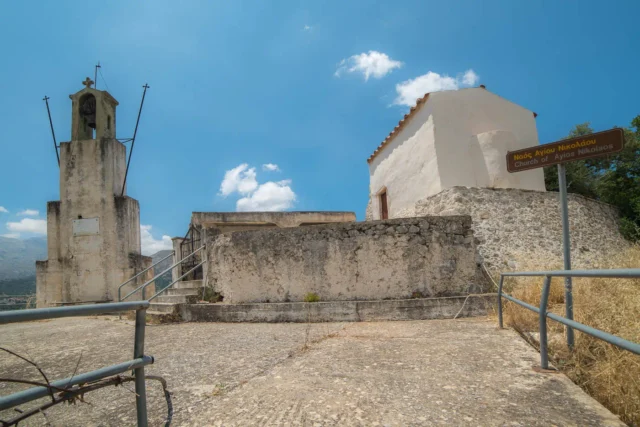

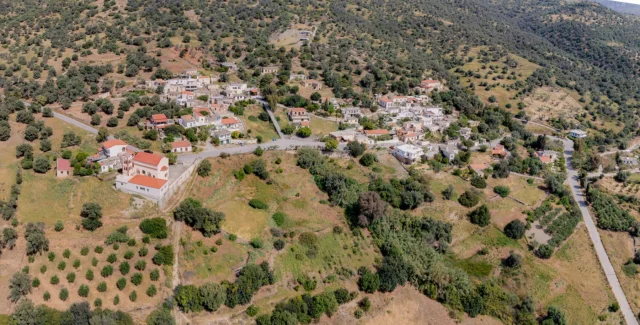
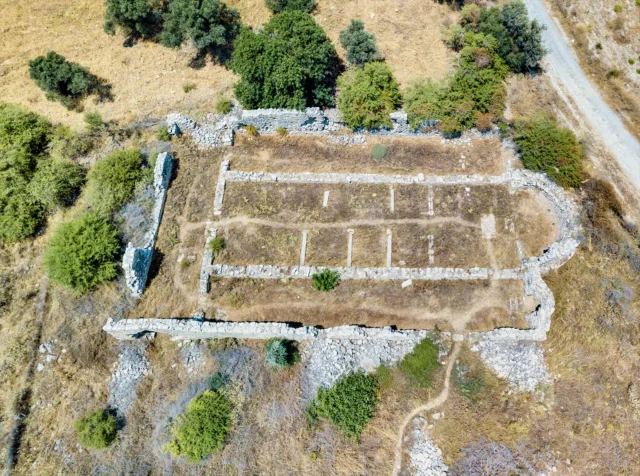

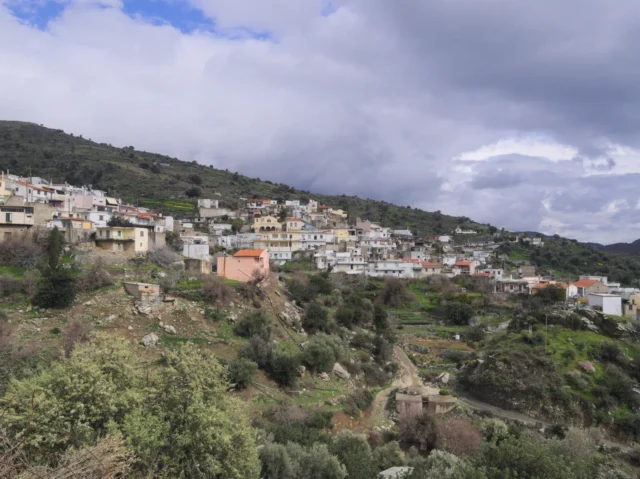

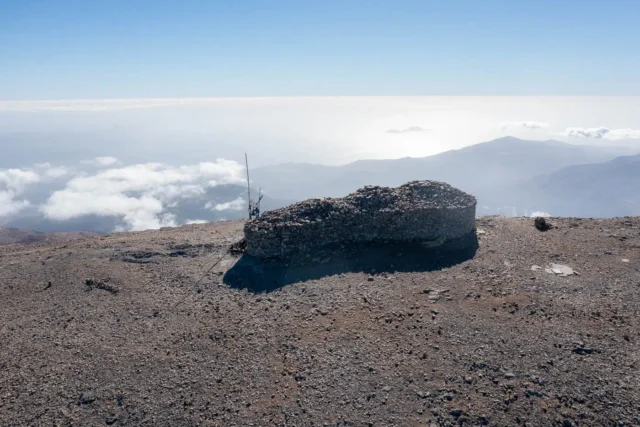

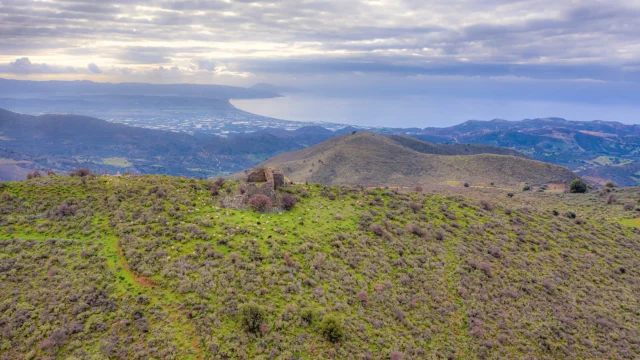

There are no comments yet.